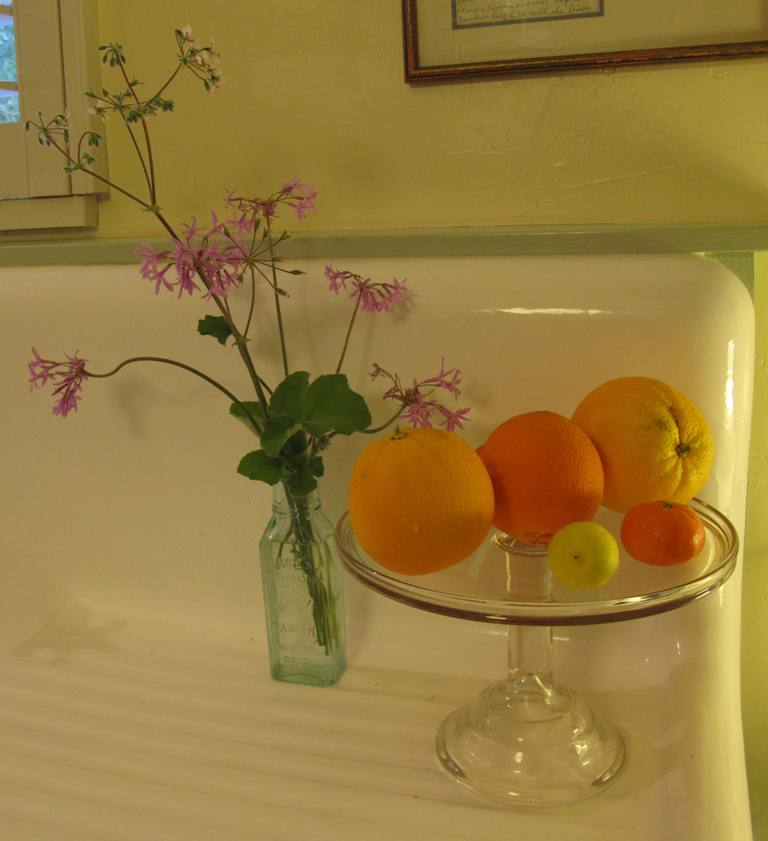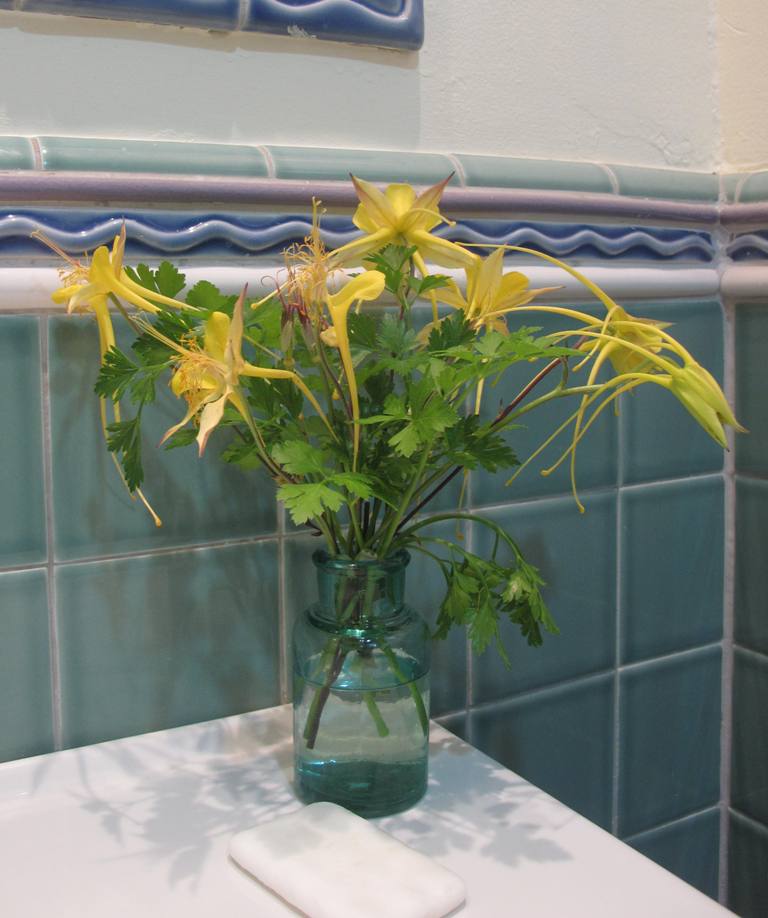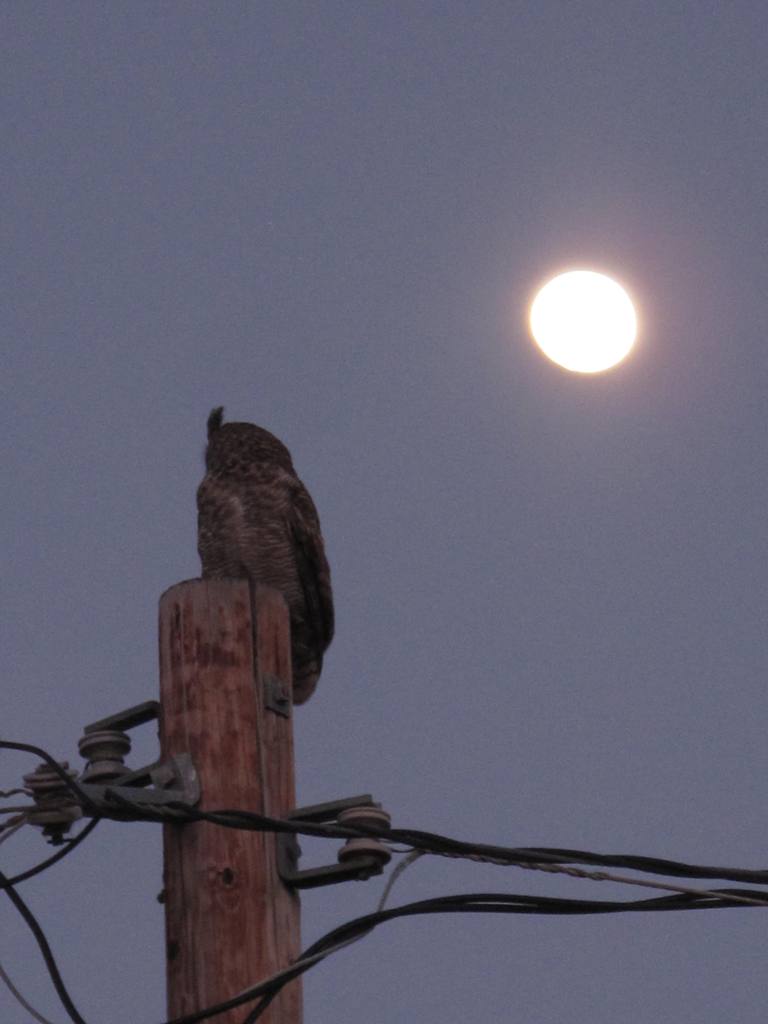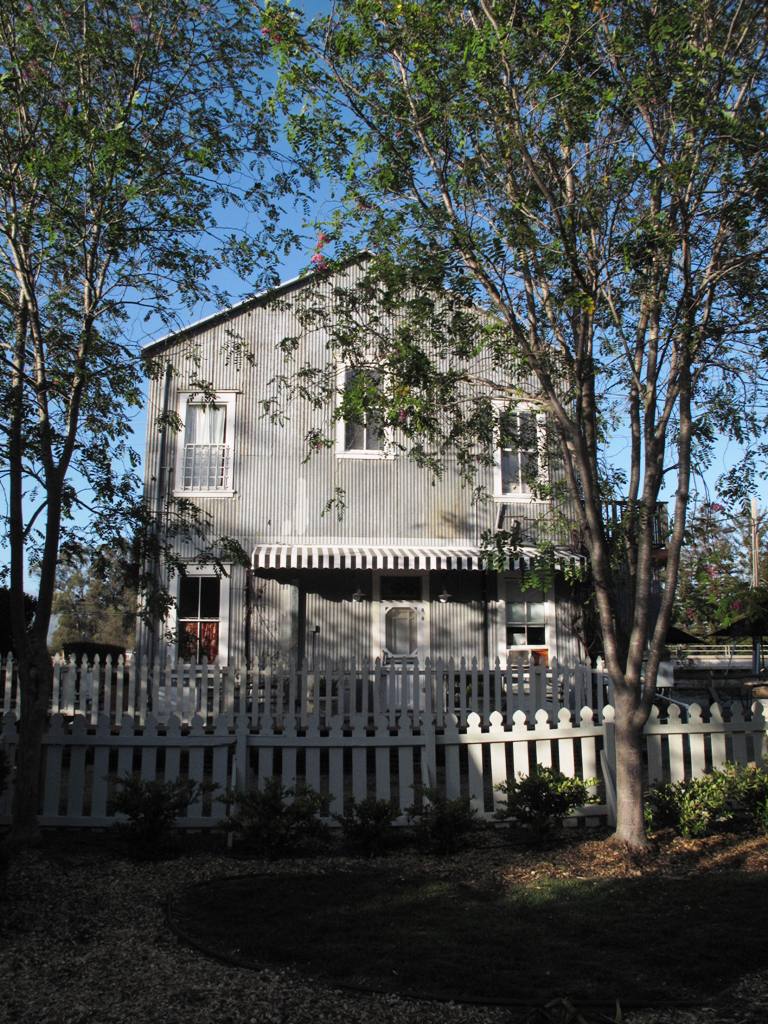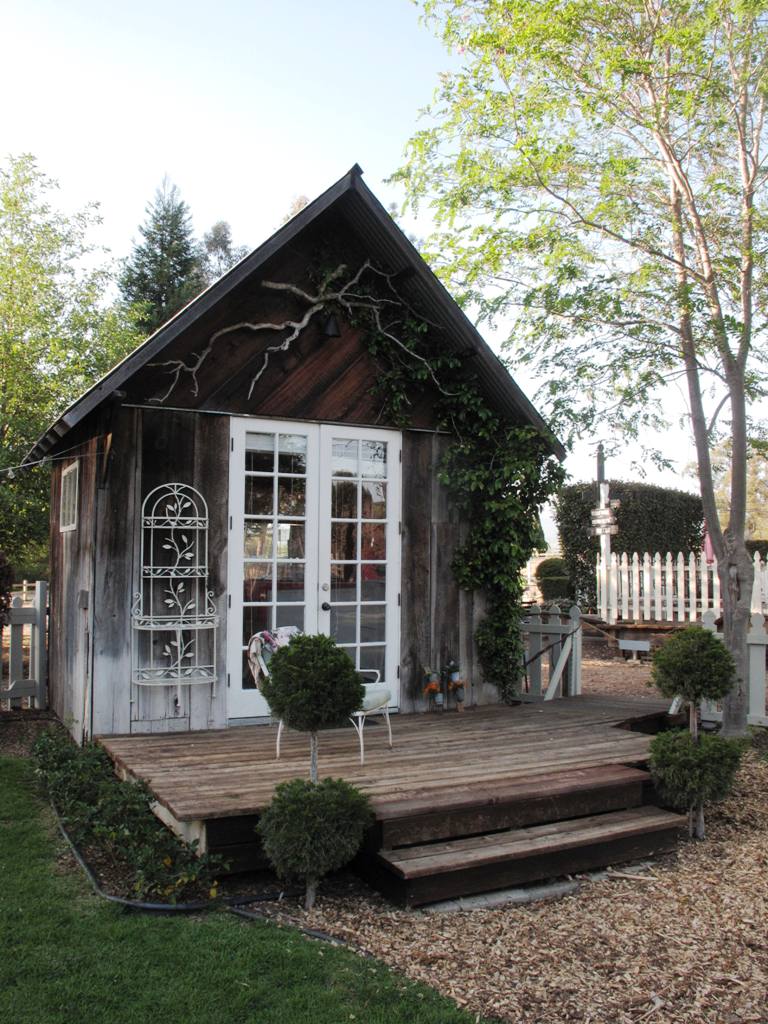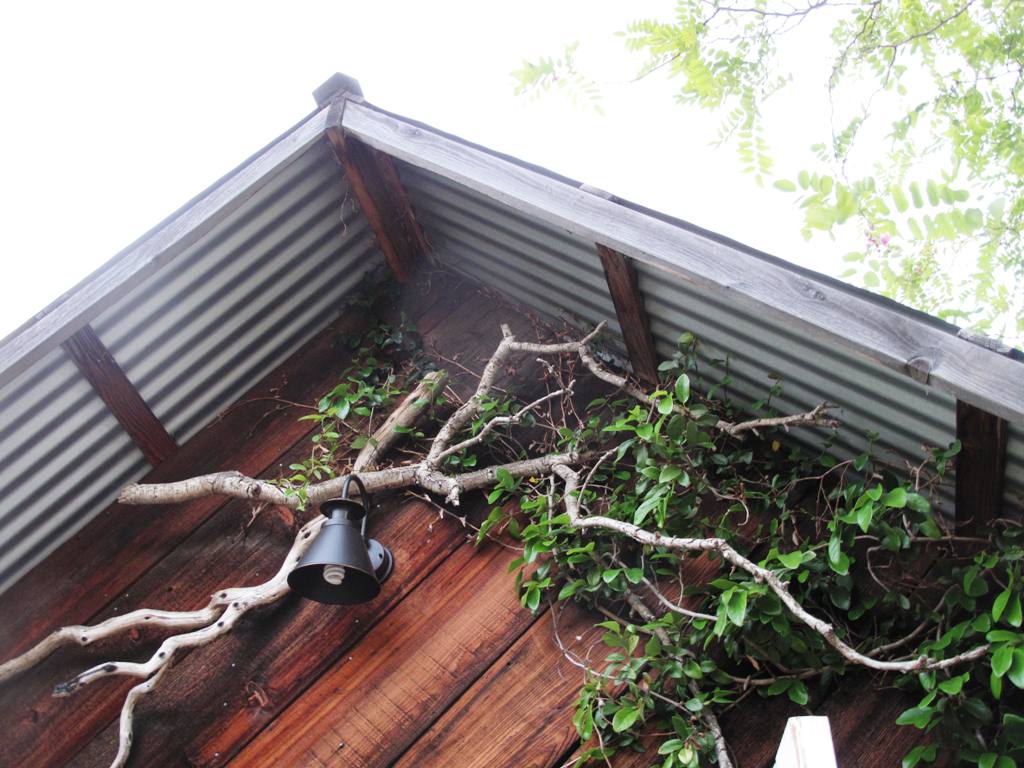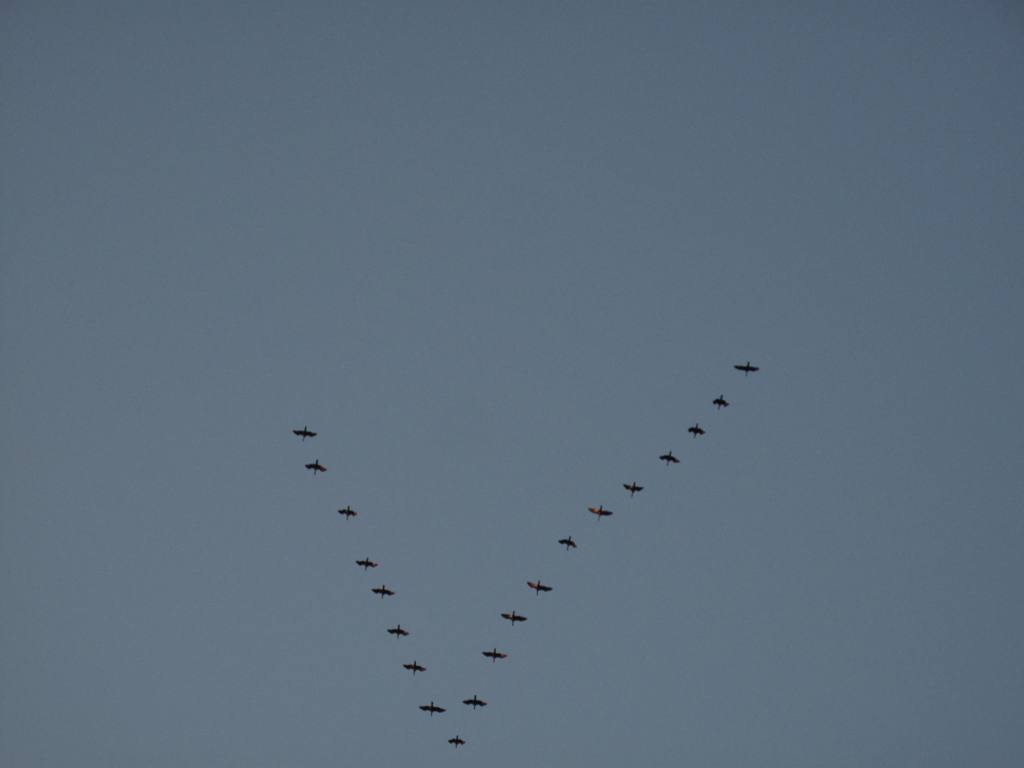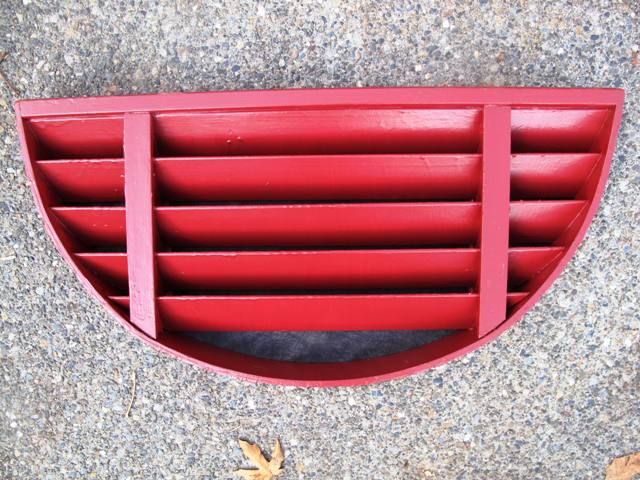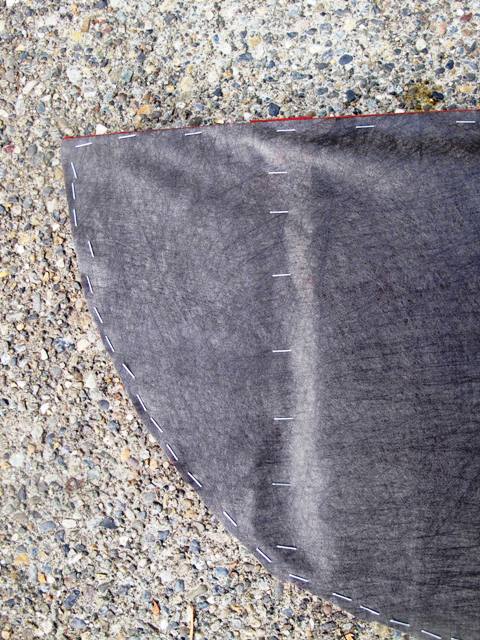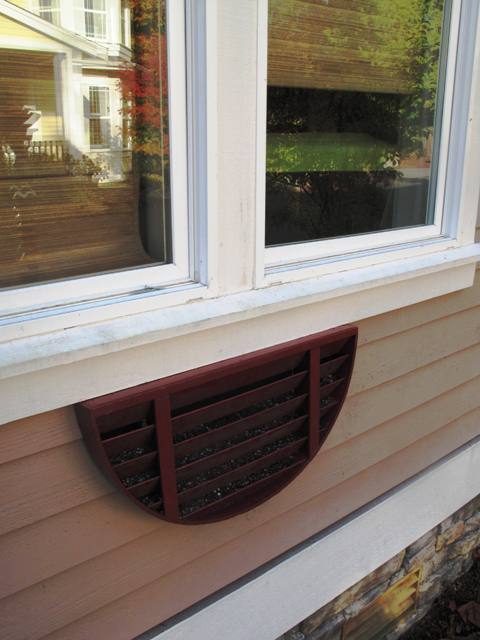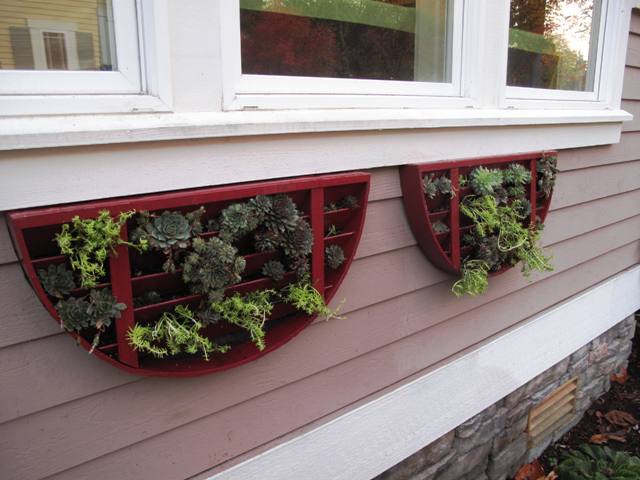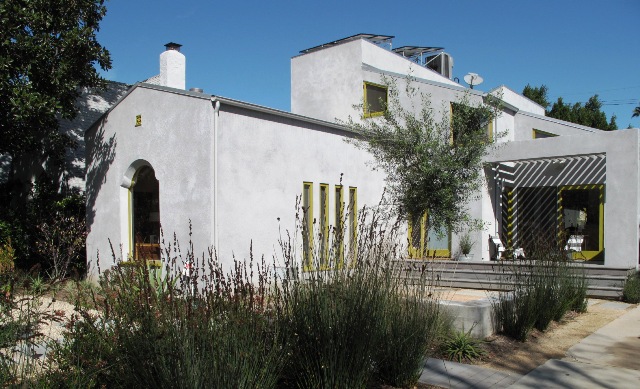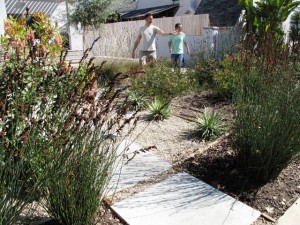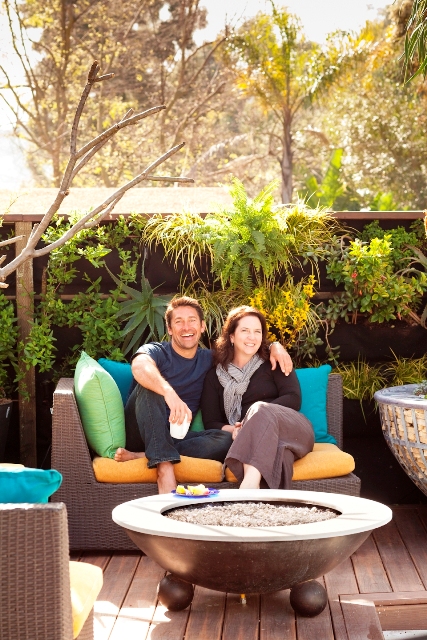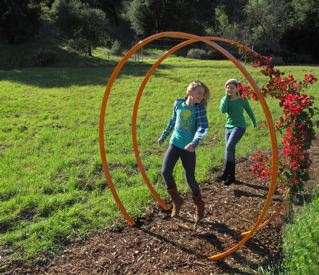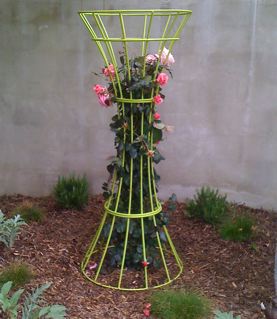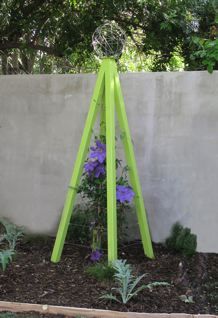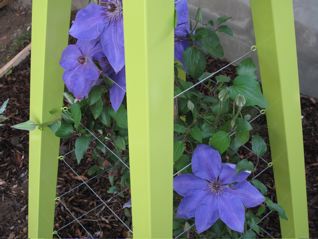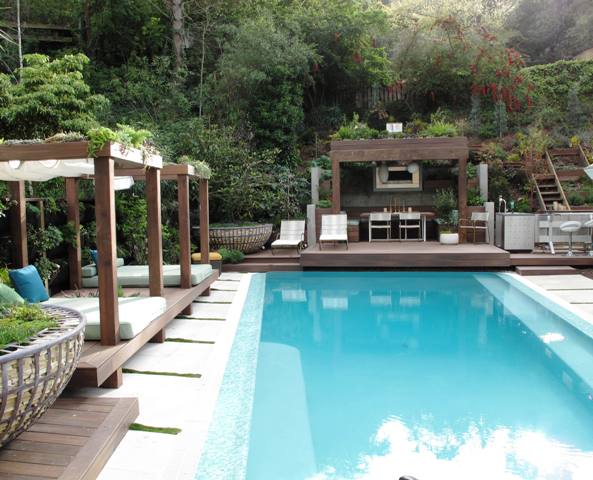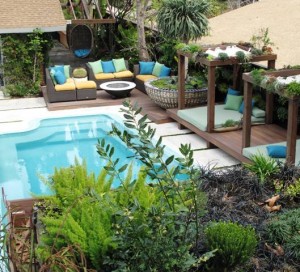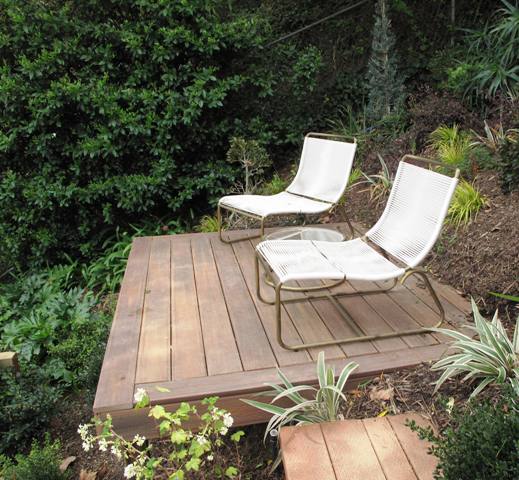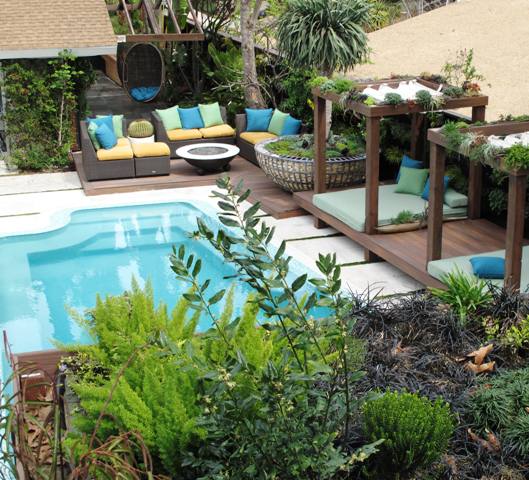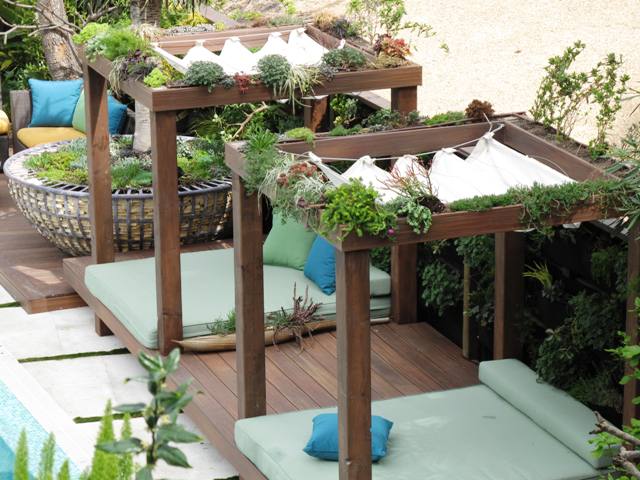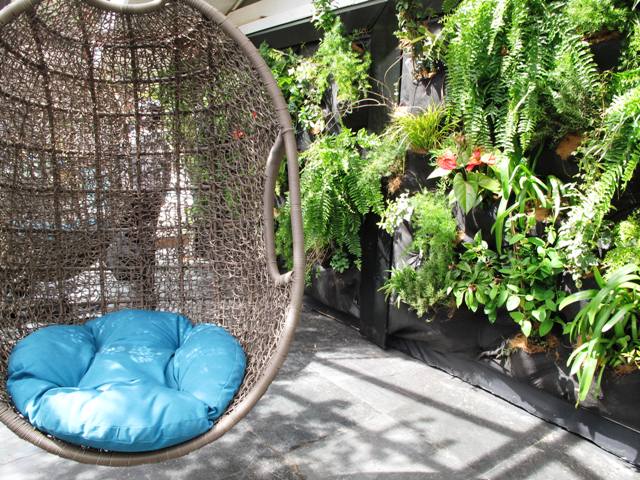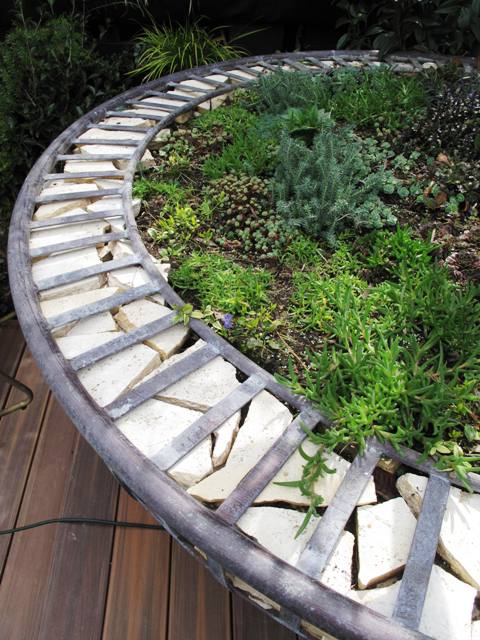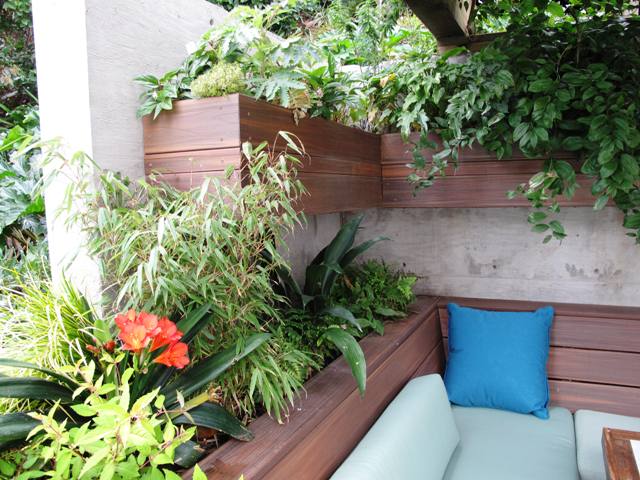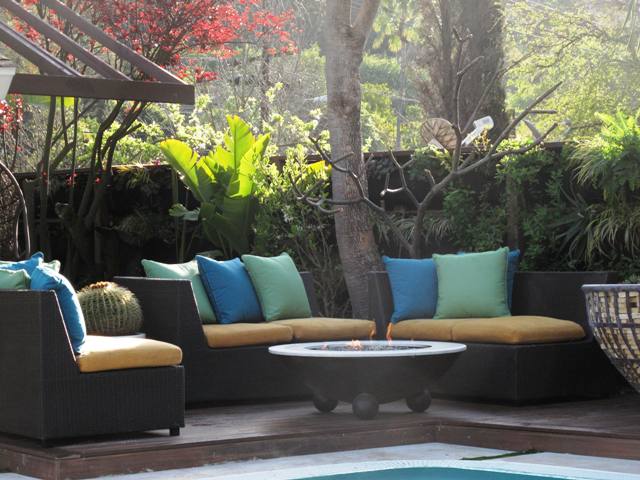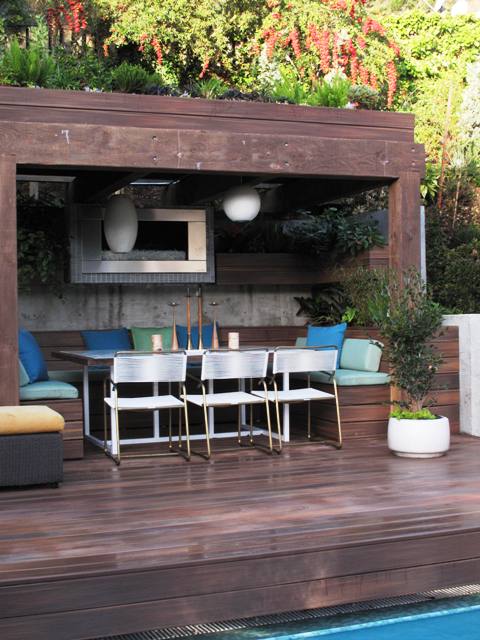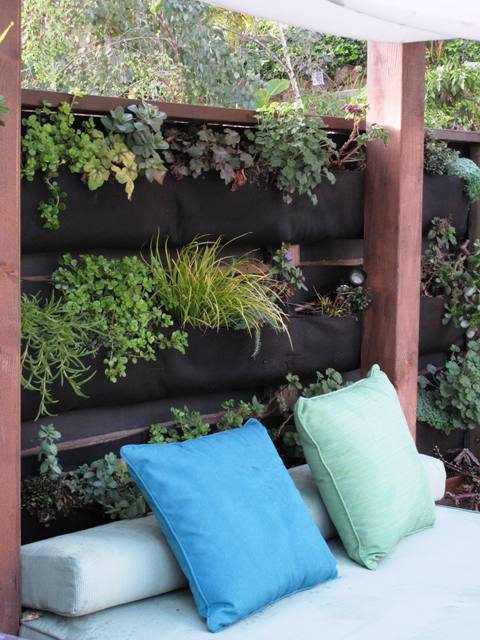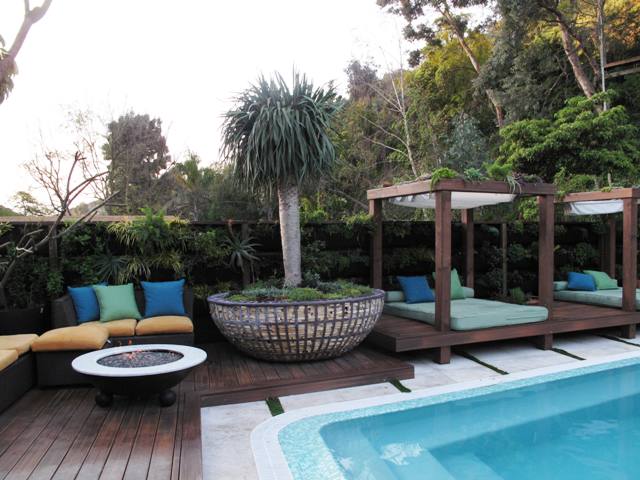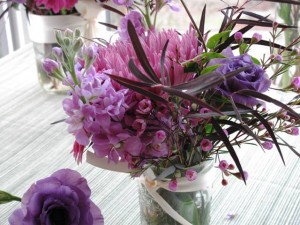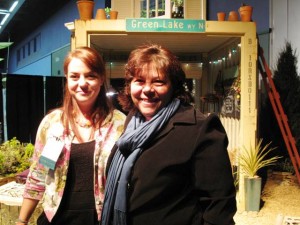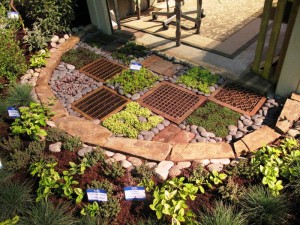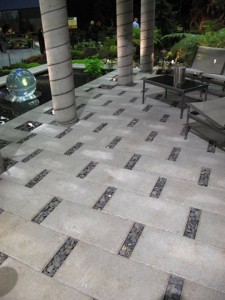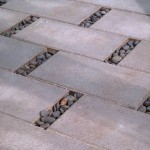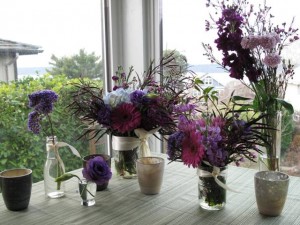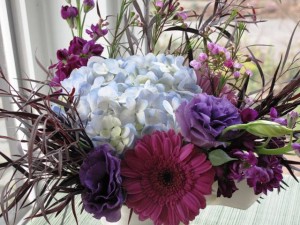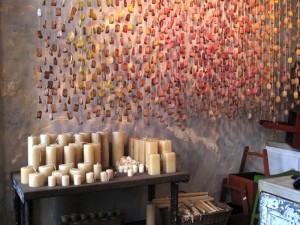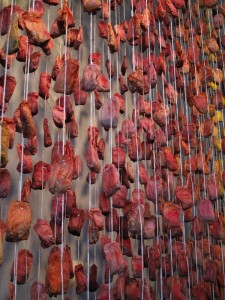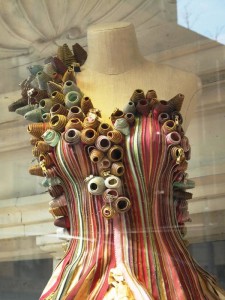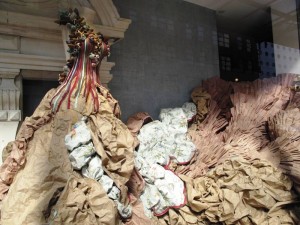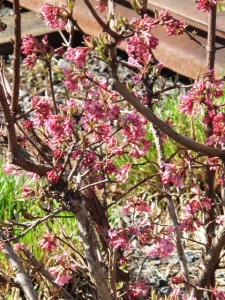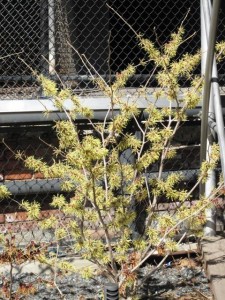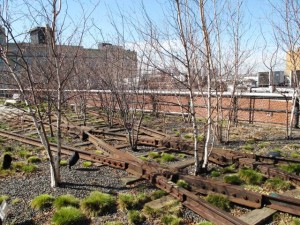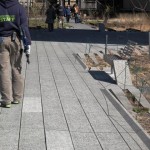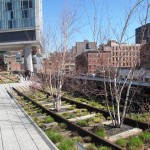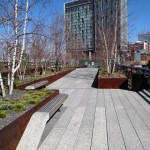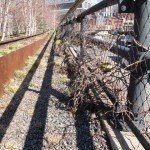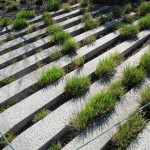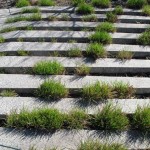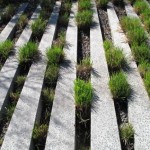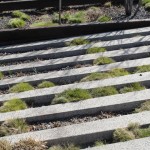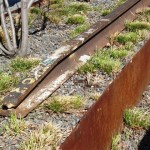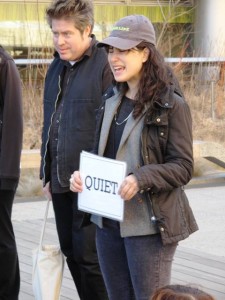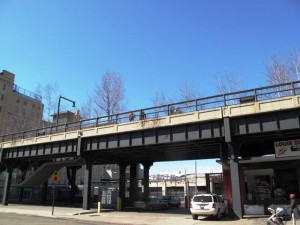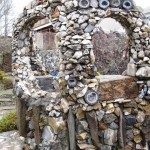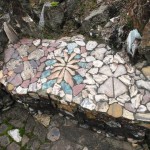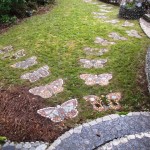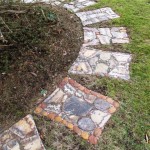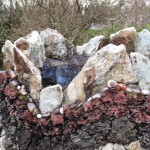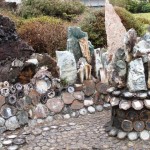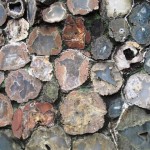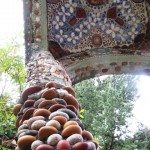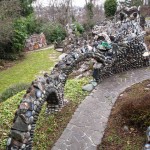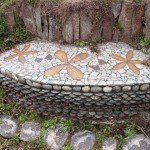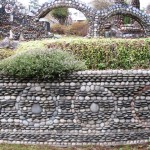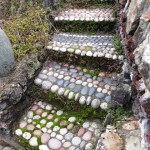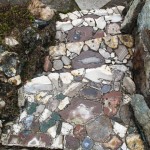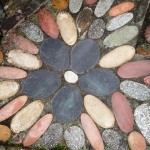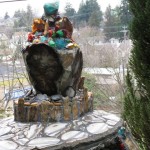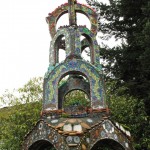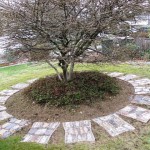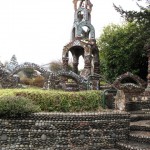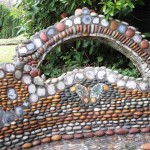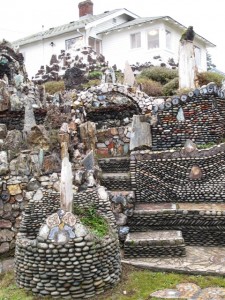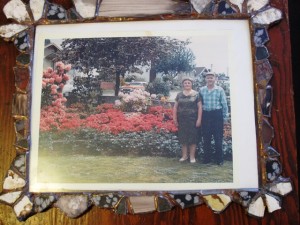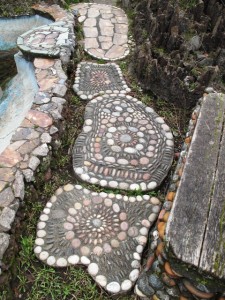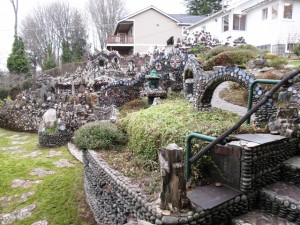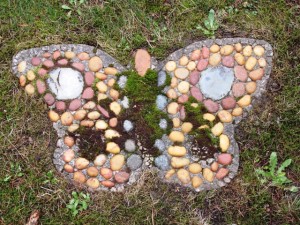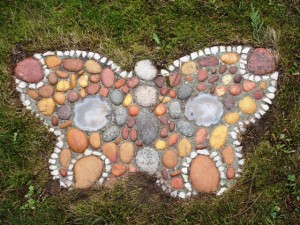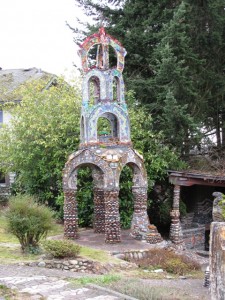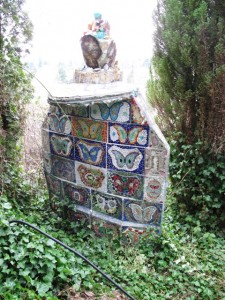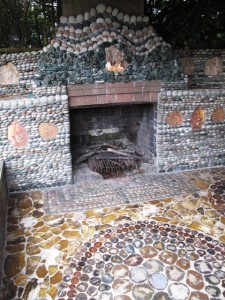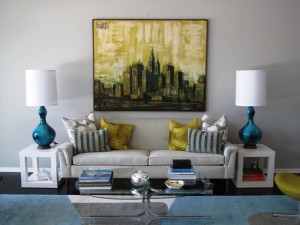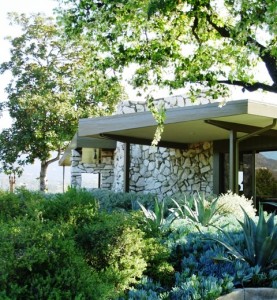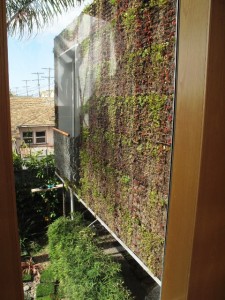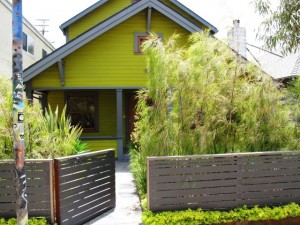I’ve been home for a few weeks from my 11-day road trip that took me by plane to Southern California and back home again behind the wheel of a rental car. I have many fond memories (as well as the photographs that I collected), while stopping along U.S. Hwy. 101 on my way north to Seattle.
So here is a second travelogue, which I think many will enjoy.
I stopped at the home and garden of fellow writer and sweet friend Sharon Lovejoy and her partner in all, Jeff Prostivitch. They live in San Luis Obispo, a stunning area of coastal California, in a cozy bungalow surrounded by an oft-photographed and published garden.
There are several highlights from this short visit that I want to share.
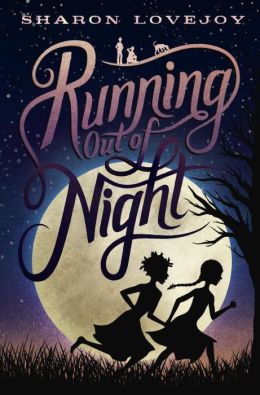 First of all, I got to hold in my hands the advanced readers’ copy of Sharon’s debut novel, Running Out of Night, which will be published in November.
First of all, I got to hold in my hands the advanced readers’ copy of Sharon’s debut novel, Running Out of Night, which will be published in November.
On an earlier visit to Sharon and Jeff’s (I think it was in the fall of 2009), I tagged along with Sharon to a regular session with her writer’s group. This is the small gathering of writers in her area who have faithfully met with one another for years as they’ve read given both encouragement and critiques of each other’s writing projects. It was on that visit that I heard Sharon read aloud one of the chapters of her novel-in-progress.
So you can only imagine how thrilling it was to sit for a while on the sofa in their living room and read the first few chapters in the REAL book! If you have a young person in your life (ages 7-12), I urge you to order this book or ask your librarian to order it. It is an adventure that involves two young girls who are equally enslaved, despite the difference in their skin color. I thoroughly love the characters, the plot – and the dialogue! Sharon is a masterful storyteller and I can’t wait to get this book into the hands of my niece (a 4th grade teacher) and her students.
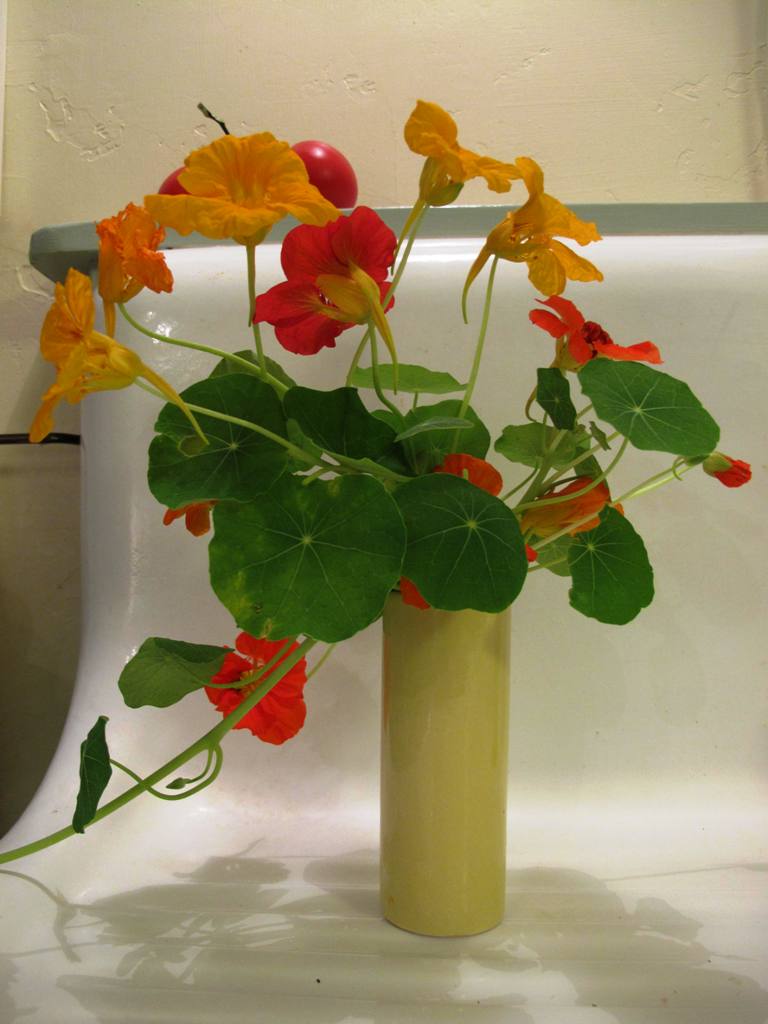
A bud vase displays charming nasturtium flowers and foliage, on the edge of the kitchen’s vintage farm sink.
I also experienced a treat that anyone who visits this abode is bound to see. This is the home of gardeners, naturalists and amateur botanists. Every single thing that grows in the Lovejoy-Prostovitch garden is a gift from the earth. And they cherish those gifts with fervor.
The simplest tendril, sprig or pod is elevated with love and affection by Sharon and Jeff. Their home is filled with tiny bouquets and posies. The whole idea of “bringing the garden indoors” takes on new meaning when jam jars, bottles and shot glasses are filled with minature floral arrangements. A delight for the eyes. Here is a peek at some of the ones I noticed (I’m sure there were more!):
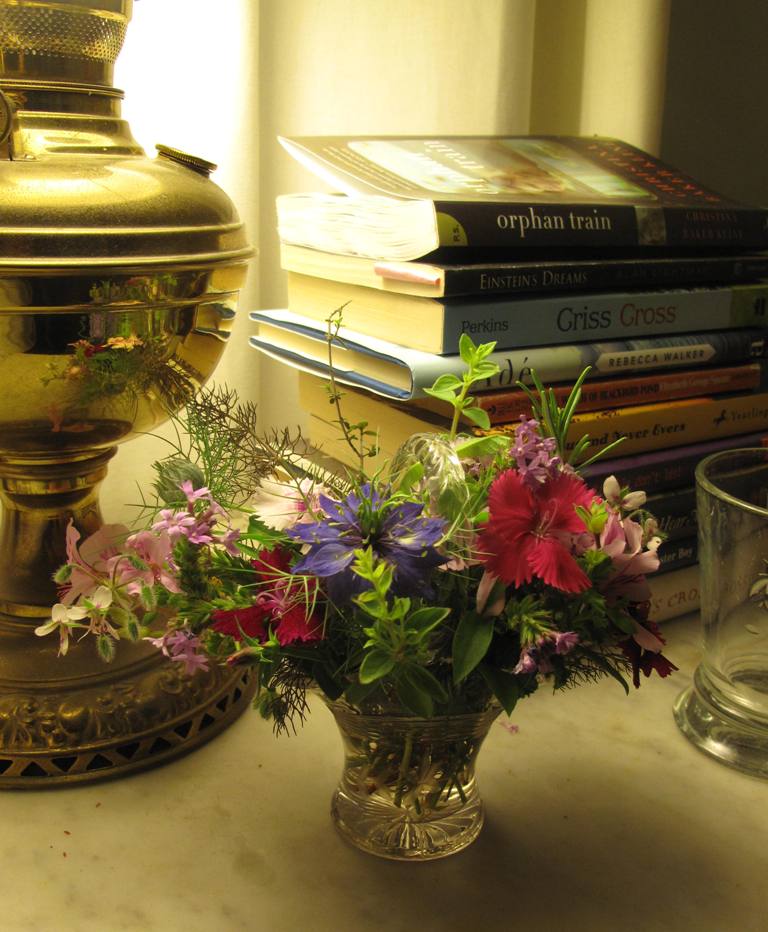
The posy by my bedside table. With the sweet William and sprigs of herbs tucked inside, you can only imagine how it scented my dreams that night!
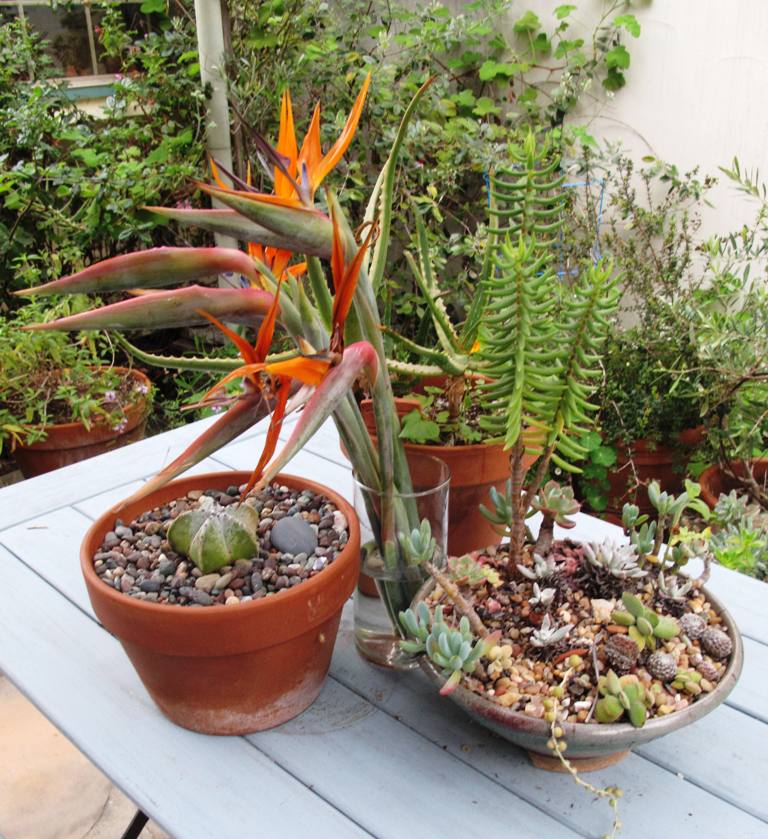
Vases of flowers even appear in the garden, like this display of bird-of-paradise, collected with the potted succulents.
That evening, Sharon and Jeff brought me along as their guest to a party given by their friends Aline and Frank.
This lovely couple lives in New England but spends part of the winter months staying in the San Luis Obispo area to be closer to some of their grandchildren.
While they have rented many types of houses for their winter interludes, this year found them settled in at a place outside SLO called Old Edna.
Sharon promised: “Oh, Deb, you’re going to love it!”
And she was right.
Old Edna has an amazing history, and I hope to do it justice with this brief summary (please follow all the links to read more). Today, Old Edna is the creation of a dreamy artist named Pattea Torrence.
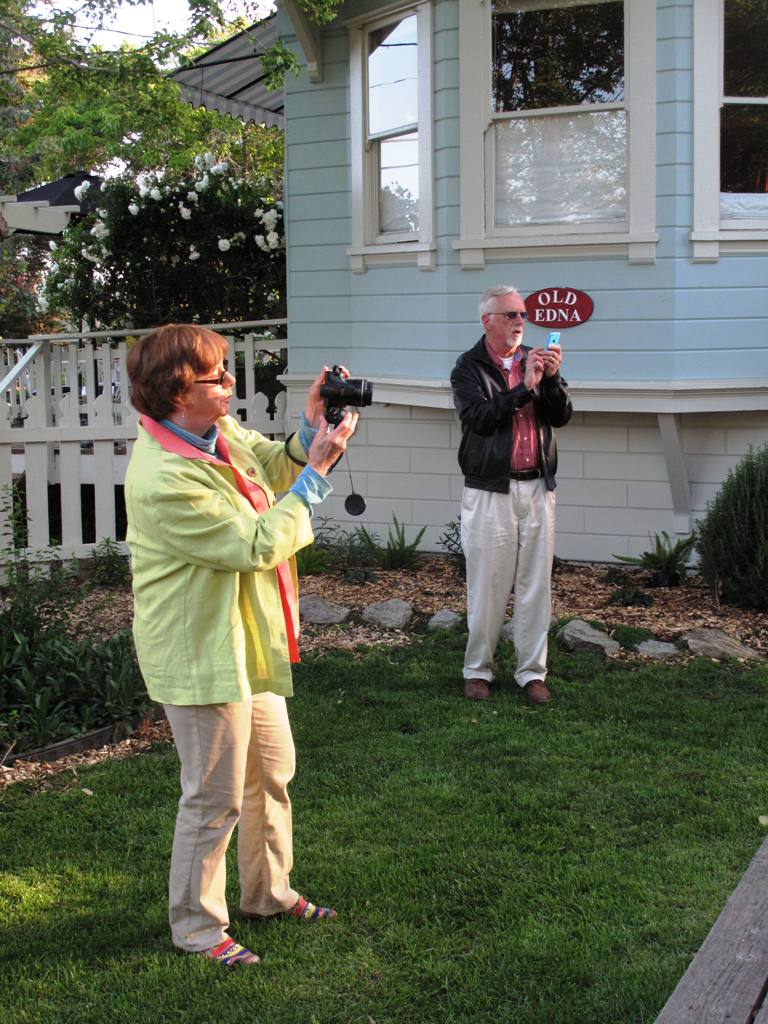
Sharon and Jeff, both taking photos, at Old Edna. They are standing in front of the original Old Edna cottage.
Pattea has saved this elderly hamlet that time almost forgot, turning it into a destination that includes guest cottage farm stays, wine tasting, special events and more.
In 2000, Pattea and her husband Jeff Kocan purchased the two-acre, 100-year-old townsite with its running creek in Edna Valley (a world-class, wine-producing region) and two-story tin building (once a general store, dance hall and post office, dating back to the turn of the century, 1900).
They have salvaged and restored many of the structures and created a magical place for guests who stay for short or extended periods. There are two guest cottage on site, a three-bedroom Suite Edna and a one-bedroom honeymoon cottage called DeSolina.
Pattea is affectionately known as “The Mayor” of Old Edna. She was a gracious host, although I have to also thank Aline and Frank for their amazing hospitality!
I hope to return and spend more time, but these photos will give you a glimpse of what I experienced. Up next: A visit to The Sun Valley Group, an unforgettable flower farm in Arcata, California.









